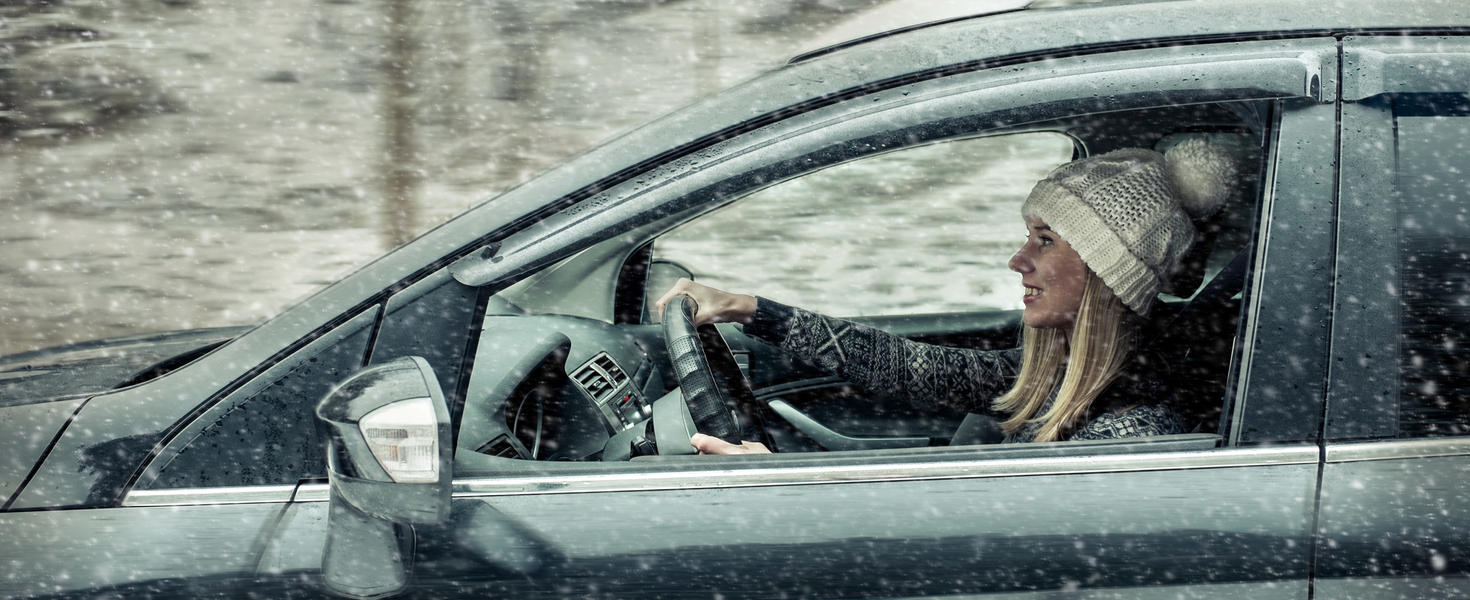
February 1, 2021·3 min read
Winter driving safety starts long before you get behind the wheel. No matter how sharp your reflexes are, when you lose traction, all of the expert driving techniques may not help you.
The choices you make when preparing for winter road conditions can help prevent an accident. Here are some safety precautions you should take before you drive:
- Fill up your gas tank. Keep your gas tank at least half-full to avoid your gas line freezing. If you can afford it, fill up your tank completely; the extra weight in your car can help prevent sliding.
- Make sure your tires are properly inflated. Under-inflated or over-inflated tires will not grip the road properly, which makes driving on ideal road conditions dangerous, let alone on ice or snow. The proper tire pressure for your front and rear tires can be found in your owner’s manual or inside the driver’s side door.
- If you use winter tires, make sure you use them for all four wheels. If you mount winter tires on just your front two wheels because you have front-wheel drive, your car will be prone to spinning out on slick roads. If you mount winter tires on just the back two tires because you have rear-wheel drive, your car will have difficulty turning in snow and be more likely to spin out on dry roads. Winter tires should only be driven on snow- or ice-covered roads, not dry roads.
- Know when to stay off the roads. Listen to the radio and check online for local winter weather warnings and advisories. Check the weather not just for where you live, but also for where you’re headed.
- Pack emergency supplies. Be prepared in case you have an emergency. You should always have a first aid kit, bottled water, flashlight with spare batteries, jumper cables, and reflector triangles in your trunk. During winter, add a couple of thick blankets, an extra coat, and extra gloves and hats. If you’re stuck in subzero temperatures, use layers of clothing and blankets to keep warm until help arrives.
- Clean all snow and ice off your vehicle. Many drivers only clean the ice and snow off their front and rear windshields. That’s simply not enough. Make sure all of your windows are unobstructed, as well as your two side view mirrors. Clean the roof, hood, and trunk completely to avoid loose snow or ice falling off as the car warms up—a hazard not just for you, but for the drivers behind you.
- Put your seat belt on. Obviously, you should never operate your vehicle without wearing your seatbelt. This is even more important in winter weather conditions. You may only be driving around the corner, but that doesn’t mean an accident isn’t possible.
Even if you follow all of these steps—and this is by no means an exhaustive list—you still need to be alert and cautious when driving on snow or ice.
The content contained in this article is for informational purposes only. AAA does not guarantee any particular outcome.
Share
